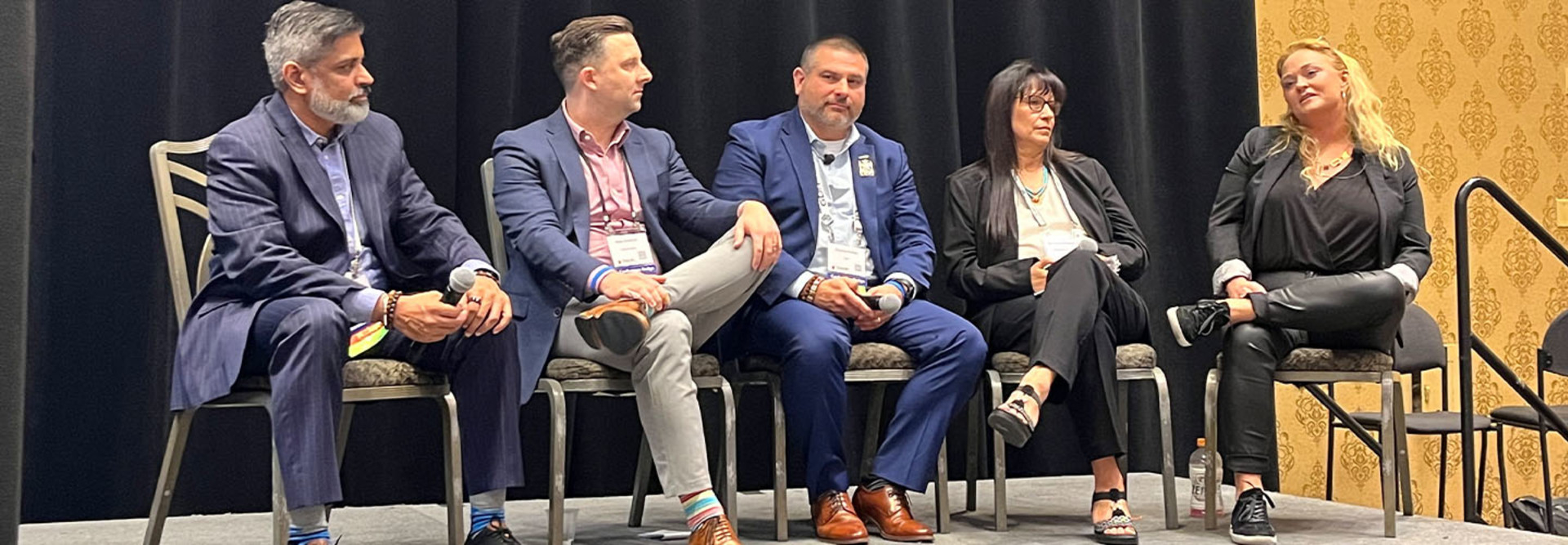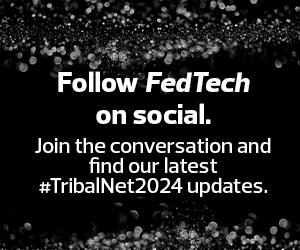1. Health IT Security Is Built into Path EHR
On average, a healthcare record is worth $60 on the dark web, compared with just $15 for a Social Security number. Consequently, healthcare organizations are in hackers’ crosshairs, and that includes providers who offer care to tribal communities.
According to Indian Health Service (IHS) CISO Benjamin Koshy, the rollout of PATH EHR will go a long way toward improving security for tribal health organizations.
“Our current version doesn’t really allow centralized management of security; it has to be done at the site level,” Koshy said after a session Wednesday morning. “With a cloud-based EHR, we can manage security and access level centrally, so it takes the burden off the site.”
This level of central oversight would allow IHS to more closely manage and audit user access, which means hospitals, clinics and other care providers no longer have to spend as much time on these tasks.
Still, Koshy urged attendees to use caution when sharing data with third-party providers and provided a laundry list of recommendations that align with zero trust security architecture.
“It’s important to understand how third parties are connecting to your network,” he said. “You want to assess how they are planning to access your system.”
He added that the IHS is eliminating permanent firewall rules and replacing them with timed rules to minimize the attack surface and encouraged healthcare organizations to follow suit.
EXPLORE: Identity access management is crucial for federal agencies.
Other key best practices he recommended include:
- Implementing two-factor authentication for all vendors
- Vetting any and all third-party IT technicians
- Minimizing or eliminating unsupervised vendor access to networks
- Implementing continuous monitoring for vendors as they access systems
- Evaluating when and where vendors use cloud services, as FedRAMP requirements would not apply to those vendors
2. Cybersecurity Frameworks Are a Hot Topic
“Frameworks are in,” Elijah Cedeno, regional engagement manager at MS-ISAC, said during a session on Tuesday afternoon about security KPIs.
“You need one, but you don't have to recreate the wheel. Dive into a framework that aligns with your organizational needs.”
Cybersecurity frameworks are crucial for knowing what controls to put in place to enforce policies that keep organizations secure.














